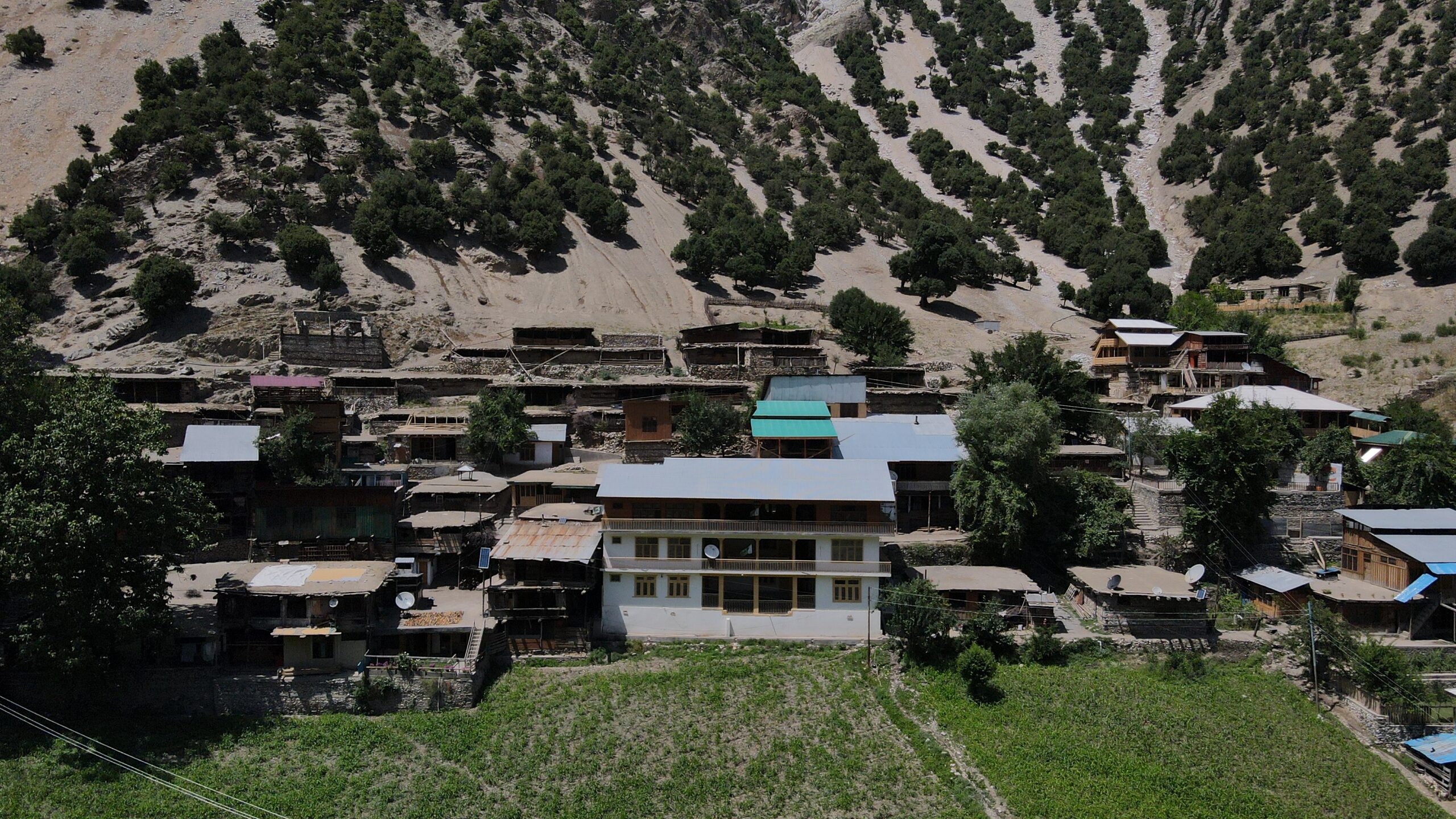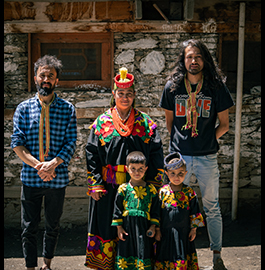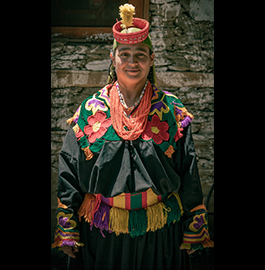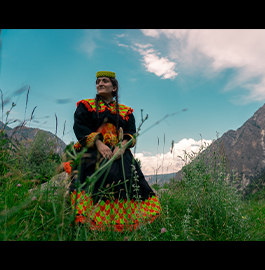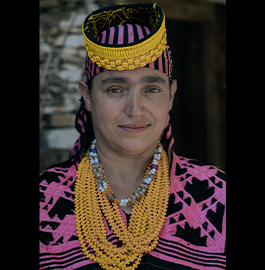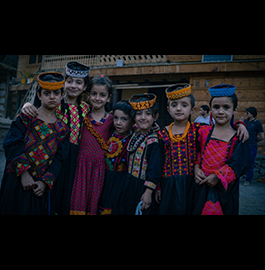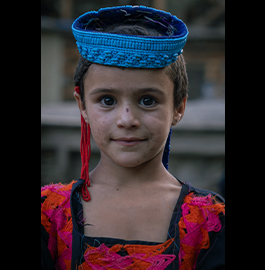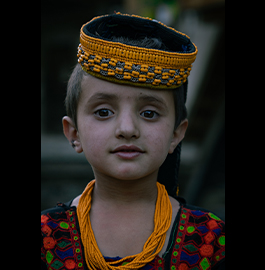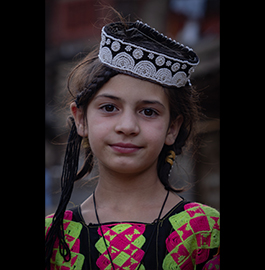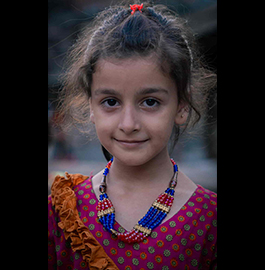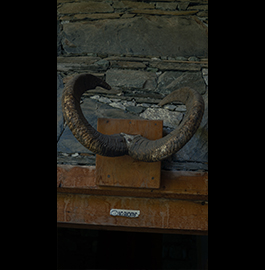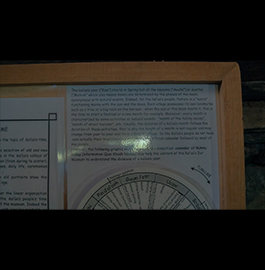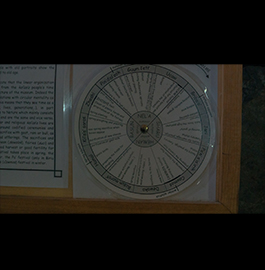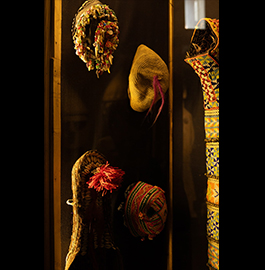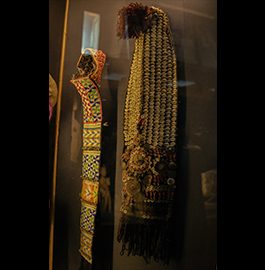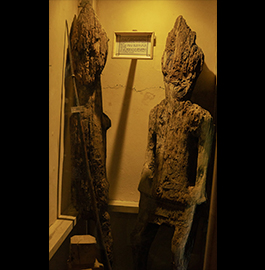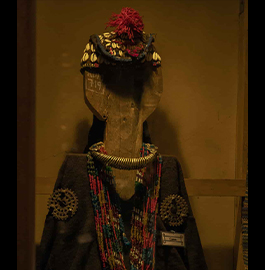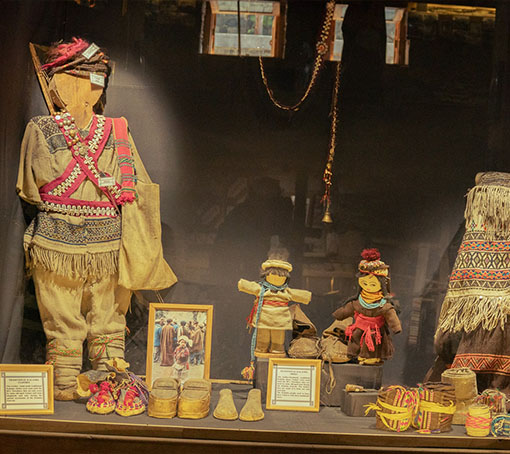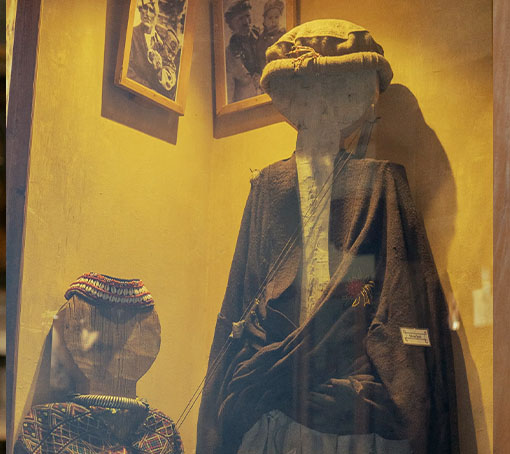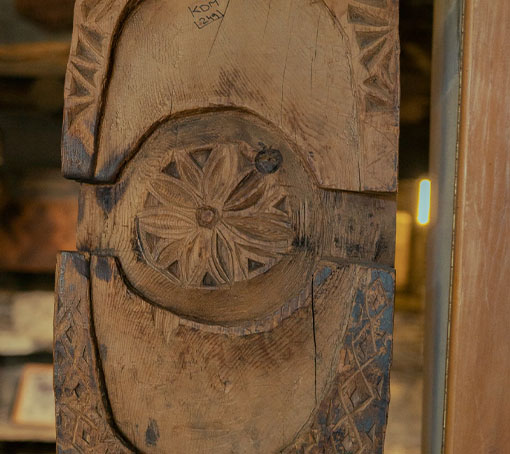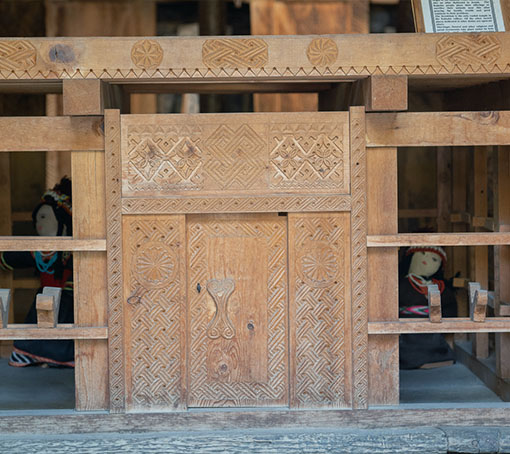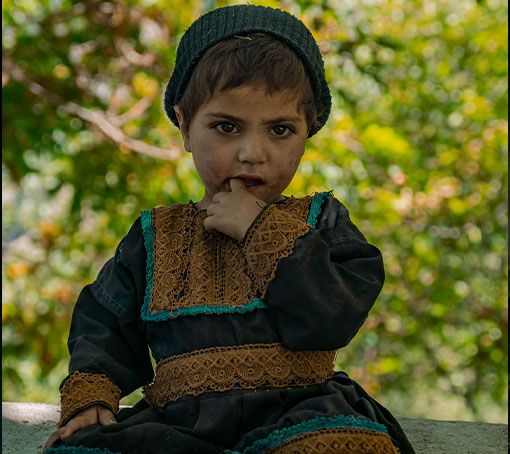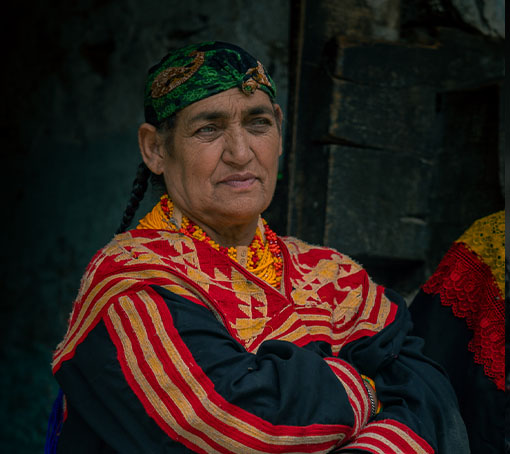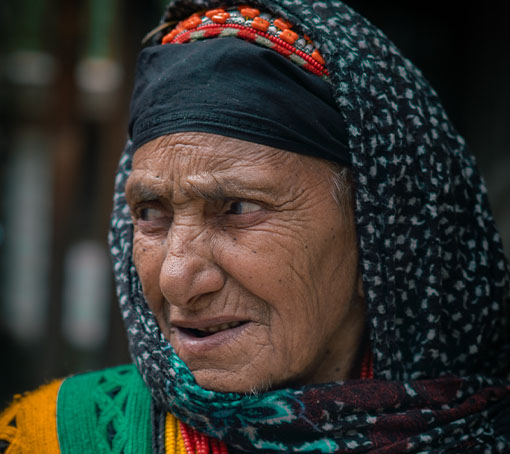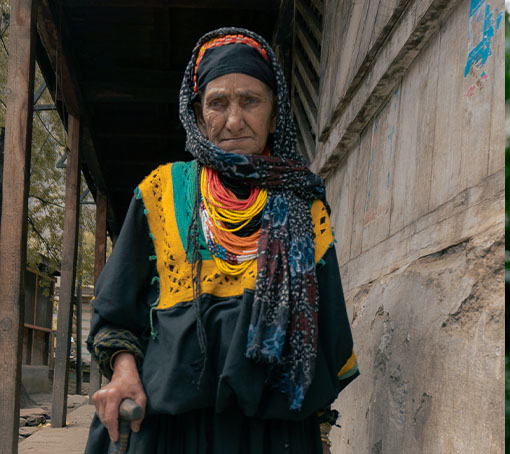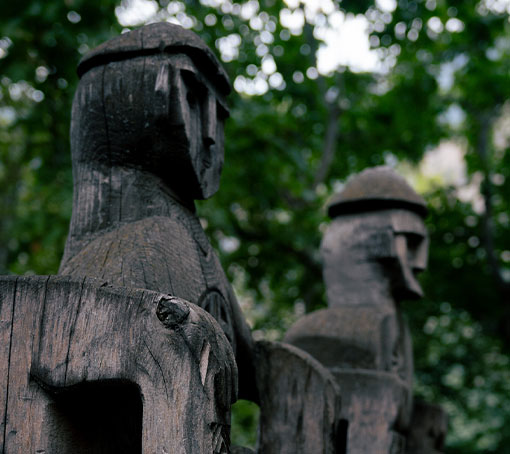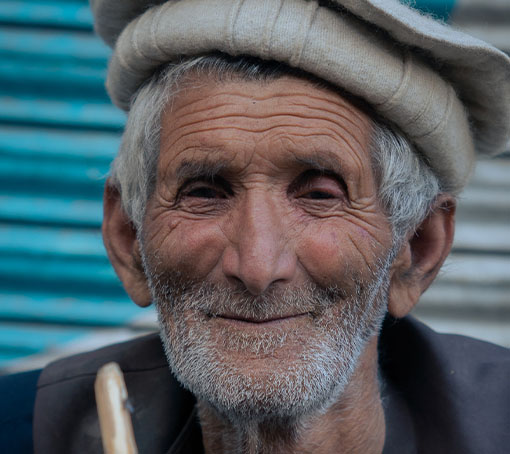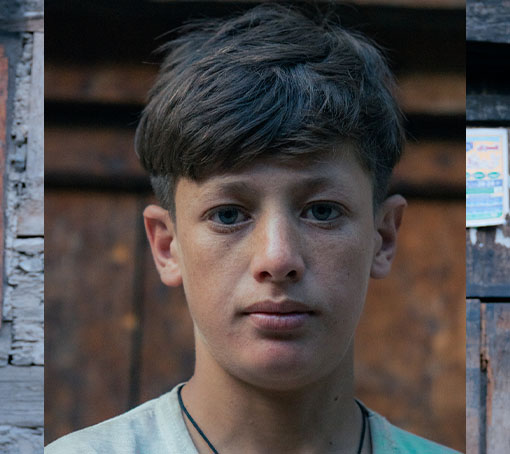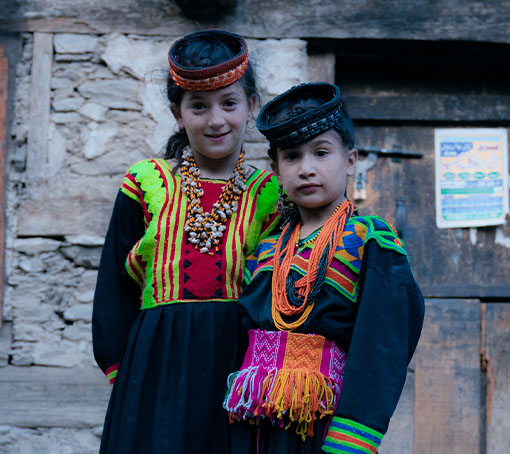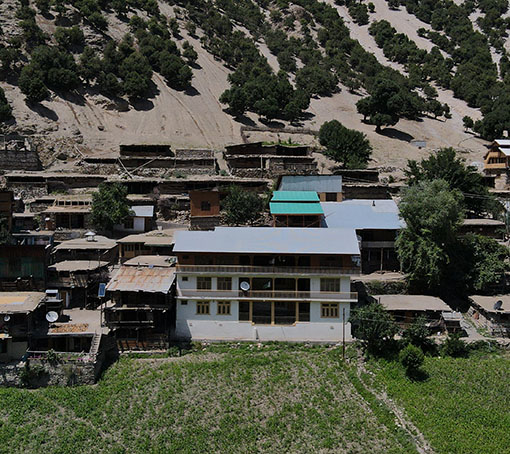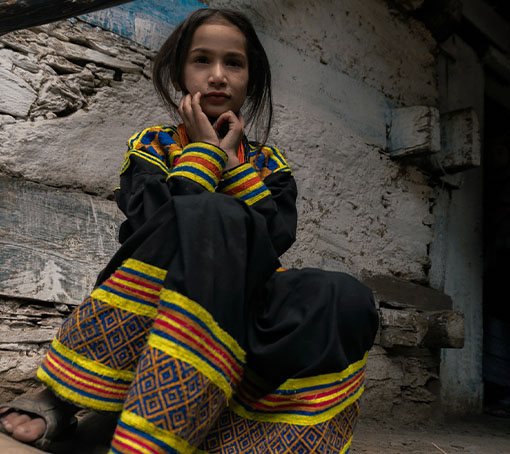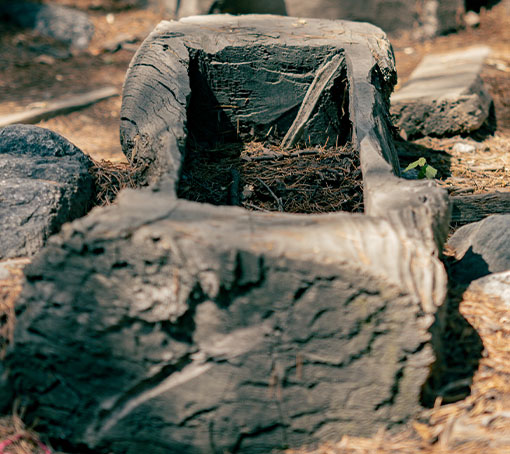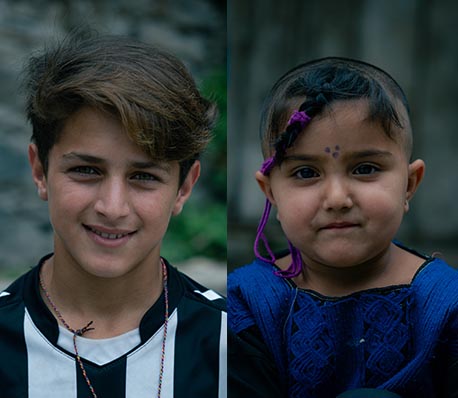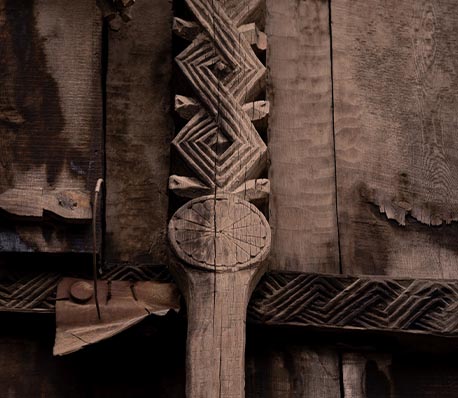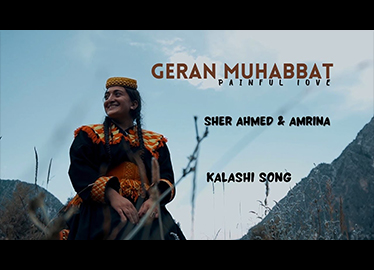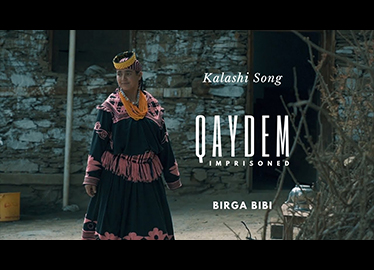Kalash Art and Craft
The Kalash people are a unique and distinct ethnic group residing in the remote valleys of Chitral in northwestern Pakistan. Their culture and heritage are characterized by several remarkable features:
- Ethnic Identity: The Kalash people are a non-Muslim minority in a predominantly Muslim region. They are believed to be descendants of Alexander the Great’s army and have maintained their ancient Indo-Aryan language and polytheistic belief system.
- Religion and Beliefs: The Kalash follow an animistic religion, worshipping a pantheon of gods and goddesses. They are known for their vibrant festivals, rituals, and ceremonies, which involve music, dance, and the consumption of a locally brewed wine called “Kalash’s wine.”
- Language: The Kalash people speak the Kalasha language, which is a Dardic language and part of the Indo-Aryan linguistic group. The preservation of their language is integral to their cultural identity.
- Architecture and Clothing: The traditional Kalash homes are made of stone and have distinct designs. The people wear colorful, handwoven clothing and intricate headgear, which adds to the uniqueness of their culture.
- Agricultural Lifestyle: The Kalash people are primarily subsistence farmers, cultivating crops like wheat, maize, and barley in terraced fields. Livestock, such as goats and cows, also play a crucial role in their agricultural economy.
- Isolation and Preservation: The Kalash valleys are geographically isolated, which has contributed to the preservation of their distinct culture and heritage. However, they face challenges from modernization and external influences.
- Tourism and Conservation: In recent years, the Kalash valleys have attracted tourists interested in experiencing their culture. Efforts have been made to balance tourism with the need to preserve the Kalash way of life and natural environment.
The Kalash people’s culture and heritage are a testament to the diversity of human civilization, and they serve as a living example of the rich tapestry of cultures that exist in our world.
Photo Credit: JollyGul Team (Mazuz)

